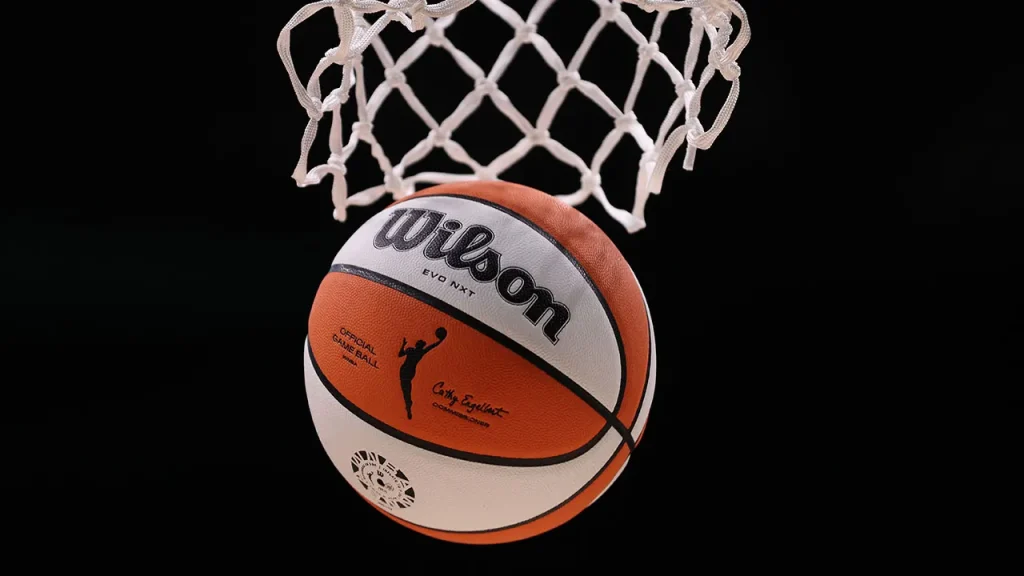The WNBA regular season debuts of promising rookies like Caitlin Clark, Angel Reese, and Cameron Brink are generating significant interest in women’s basketball. On “The Bill Simmons Podcast,” former NBA beat writer Ethan Strauss shared his thoughts on how the WNBA could capitalize on this momentum. One of his key suggestions was to align WNBA team names with their NBA counterparts in order to make it easier for fans to connect with the teams and the league as a whole. As the WNBA continues to grow as a subsidiary of the NBA, finding ways to differentiate itself while still maintaining a connection to the men’s league is essential for long-term success.
Strauss’s argument is based on the premise that the WNBA’s decision to give teams separate names from their NBA counterparts has, in some ways, hindered the growth of professional women’s basketball in the US. By using the same team names as the NBA franchises in a given market, fans would be able to make immediate connections and form a stronger bond with the women’s teams. While not every WNBA team shares a city or ownership group with an NBA team, there is potential for increased recognition and engagement by aligning the branding between the two leagues.
In October, WNBA Commissioner Cathy Engelbert announced that the Golden State Warriors had been awarded an expansion team set to debut in 2025. The team will be based in San Francisco but headquartered at the Warriors’ former practice facility in Oakland. The name for the new franchise is still under consideration. This move signifies continued growth and investment in women’s basketball, as more teams and opportunities are being created to further expand the reach of the WNBA and elevate the level of competition in the league.
The introduction of full-time charter flights for WNBA teams starting this season represents another step in the league’s efforts to enhance the overall experience for players and boost the professionalism of women’s basketball. This move brings the WNBA more in line with the standards of other professional sports leagues and showcases a commitment to providing top-notch resources and accommodations for athletes. By improving travel conditions and logistical support, the league aims to attract and retain top talent while elevating the level of competition on the court.
As the WNBA continues to evolve and grow in popularity, strategic decisions such as branding alignment and improved travel accommodations are key factors in shaping the league’s future success. By capitalizing on the current wave of interest in women’s basketball and building on the momentum generated by talented rookies and expanding teams, the WNBA has the opportunity to solidify its position as a premier professional sports league. With ongoing innovations and investments, the WNBA is poised to reach new heights and further elevate the profile of women’s basketball on a global scale.


